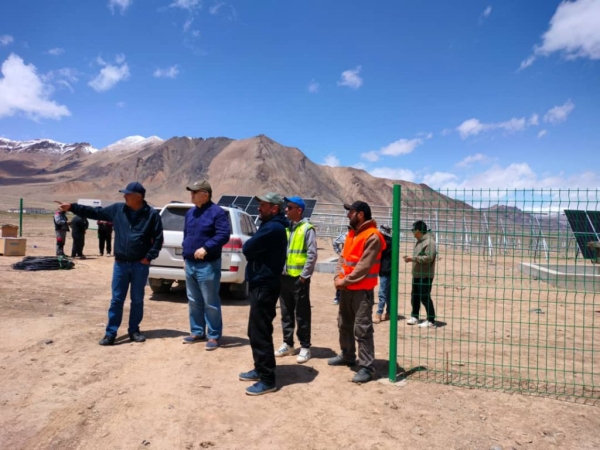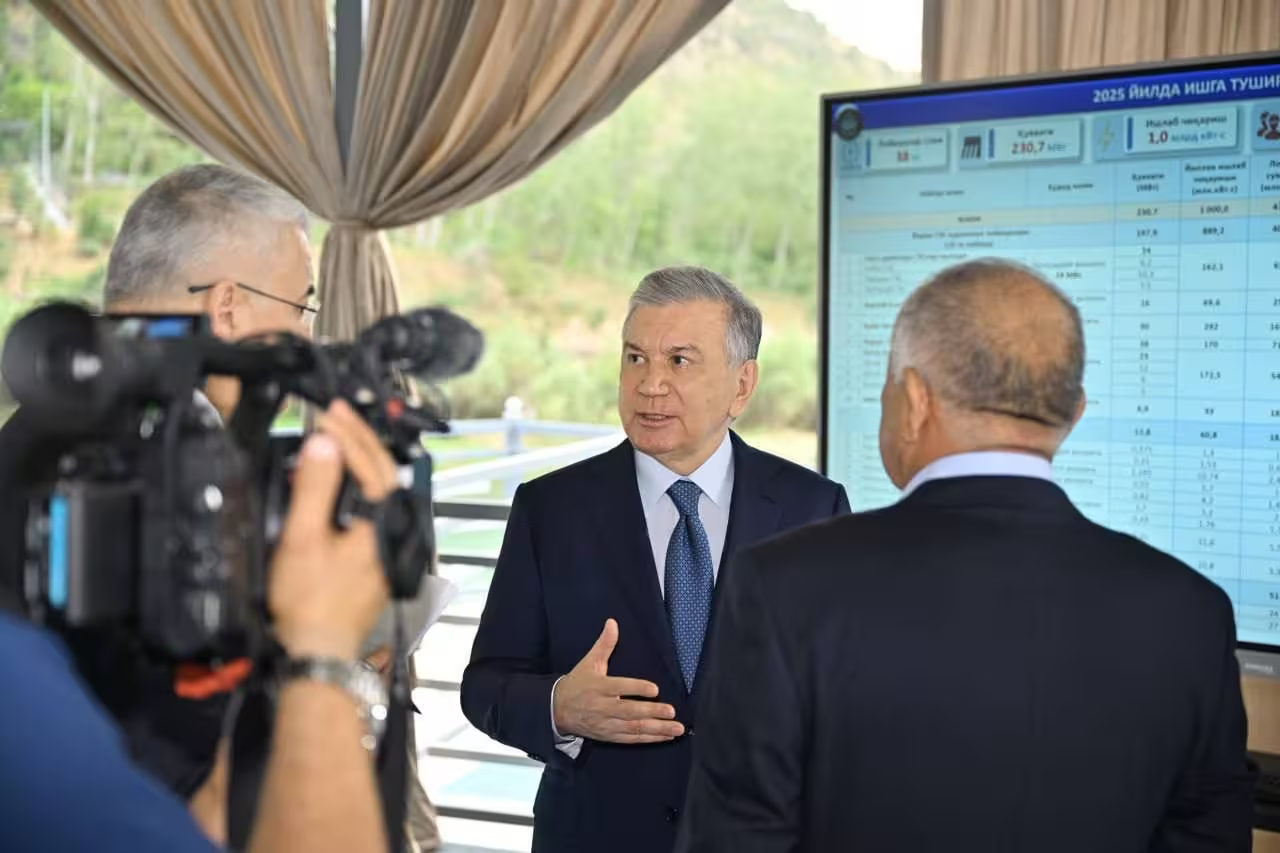
Construction of three solar power plants in the villages of Alichur, Gulzor, and Bulunkul of Murgab district in the Gorno Badakhshan Autonomous Region (GBAO) is nearing completion, the press center of the Ministry of Energy and Water Resources (MoEWR) says.
The solar power plants in Alichur and Gulzor villages are expected to be commissioned by the end of June, while the solar power plant in Bulunkul village is scheduled to come online by the end of July this year.
Renewable energy with battery storage
During a working trip to the region, Minister of Energy and Water Resources Daler Juma visited the construction sites:
- Alichur – 2.8 MW capacity
- Gulzor – 450 kW capacity
- Bulunkul – 565 kW capacity
Each station is reportedly being equipped with modern battery systems for energy storage:
- Alichur – 1.4 MWh
- Gulzor – 220 kWh
- Bulunkul – 360 kWh
The minister instructed responsible specialists to strictly adhere to the project timeline, ensure the use of advanced technologies, and maintain high construction standards.
These plants are part of the Tajikistan Rural Electrification Project (TREP), which is aimed at providing clean, renewable electricity to remote and high-altitude communities in Tajikistan.
Hydropower progress in GBAO’s Roshtqala district
As part of the same working trip, Daler Juma also inspected the Sebzor Hydropower Plant (HPP) under construction in Roshtqala district of GBAO. Project leaders reportedly provided a detailed update on the installation of technical equipment.
The first turbine unit of 3.6 MW is expected to be launched in late June, with final preparations for a test run already in progress.
Once fully operational, the Sebzor HPP will have a total capacity of 11 MW, becoming a strategic source of stable and reliable electricity for the entire Gorno-Badakhshan region.
The plant will serve as a key provider of electricity for both local households and critical social and economic infrastructure.
It is to be noted that the potential of solar energy in Tajikistan is reportedly quite high. The country is located between 36°40′ and 41°05′ north latitude. Meteorologists call this zone a “golden belt” of sunshine. According to the Agency of Hydrometeorology of Tajikistan (Hydromet), the duration of sunshine in the country is 2100-3166 hours per year, and the number of sunny days per year ranges from 260 to 300. This provides great opportunities for the use of solar power as an alternative. The estimated potential of solar energy in Tajikistan is about 25 billion kWh / year. This potential is not used, if not to take into account some of its use for water heating. In Tajikistan, the share of solar energy is less than one percent
Currently, about 98% of generated electric power in Tajikistan comes from hydropower plants. Along with the positive environmental and financial aspects of this indicator, it significantly increases the energy sector’s dependence on the volume of water flow in rivers and weather conditions in the face of climate change.




